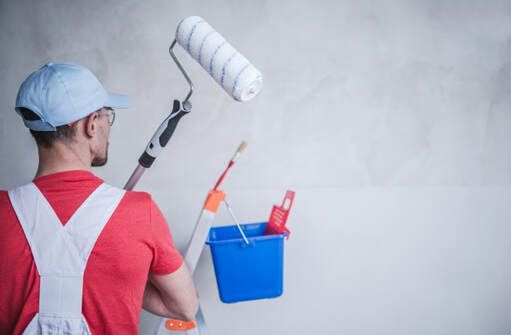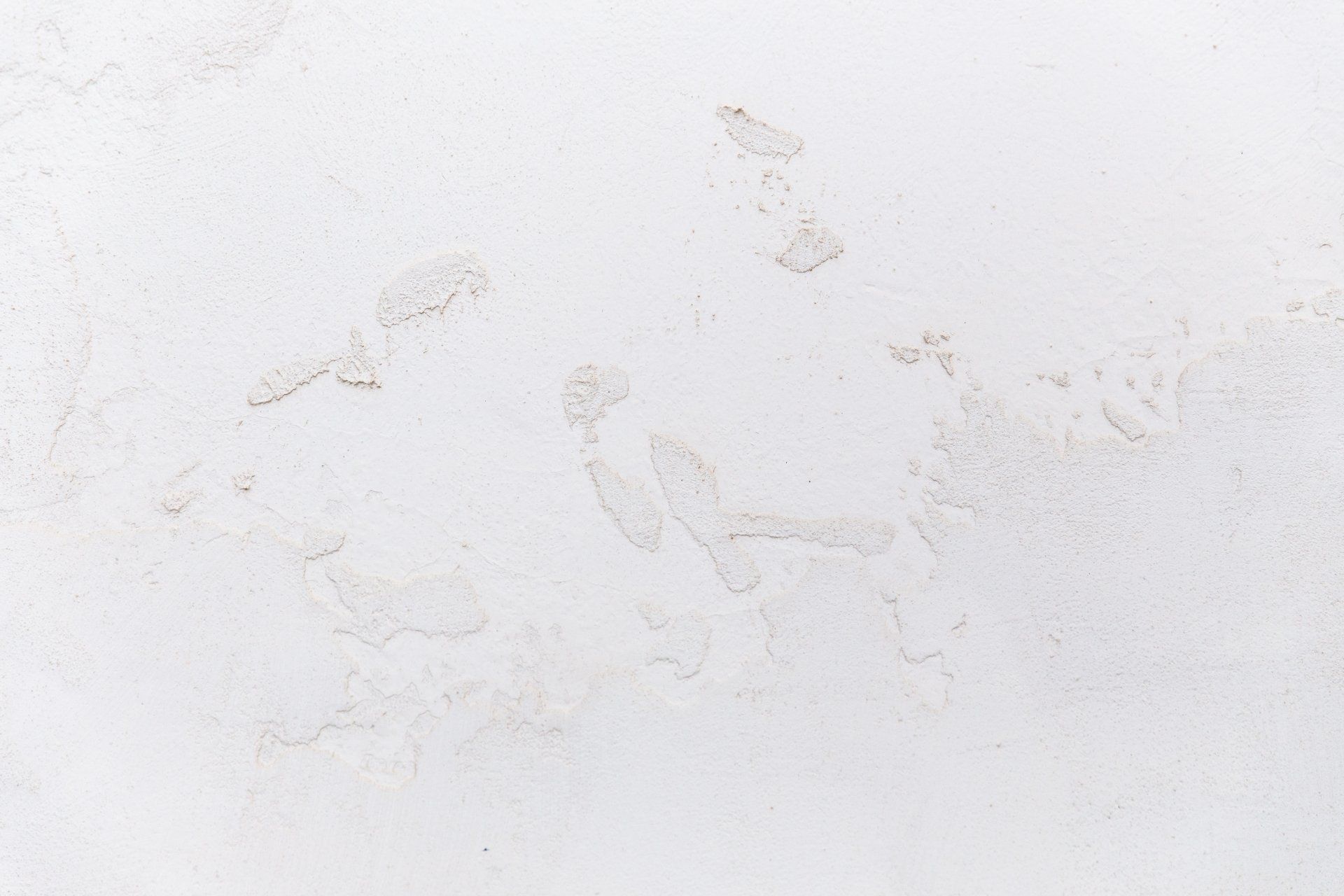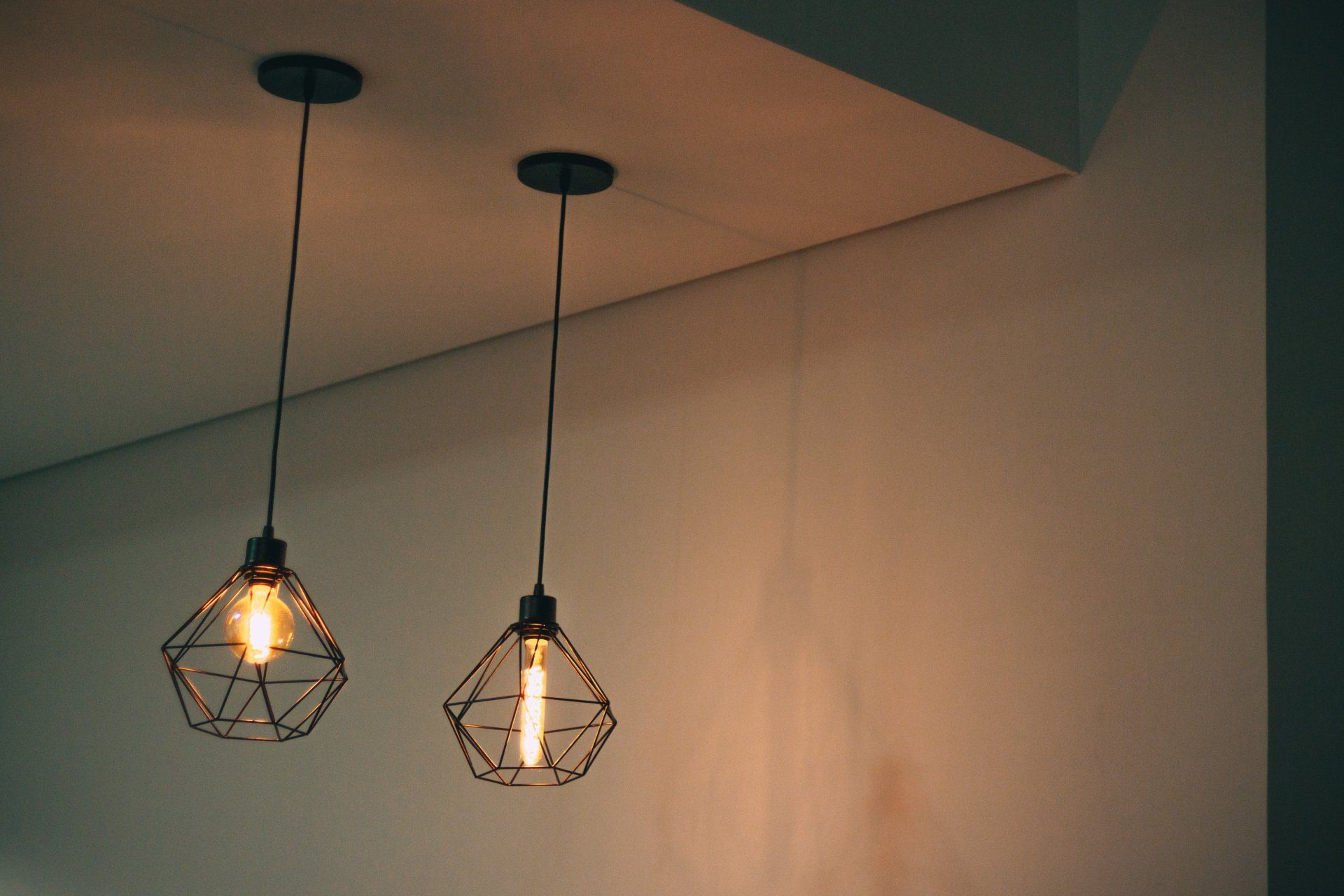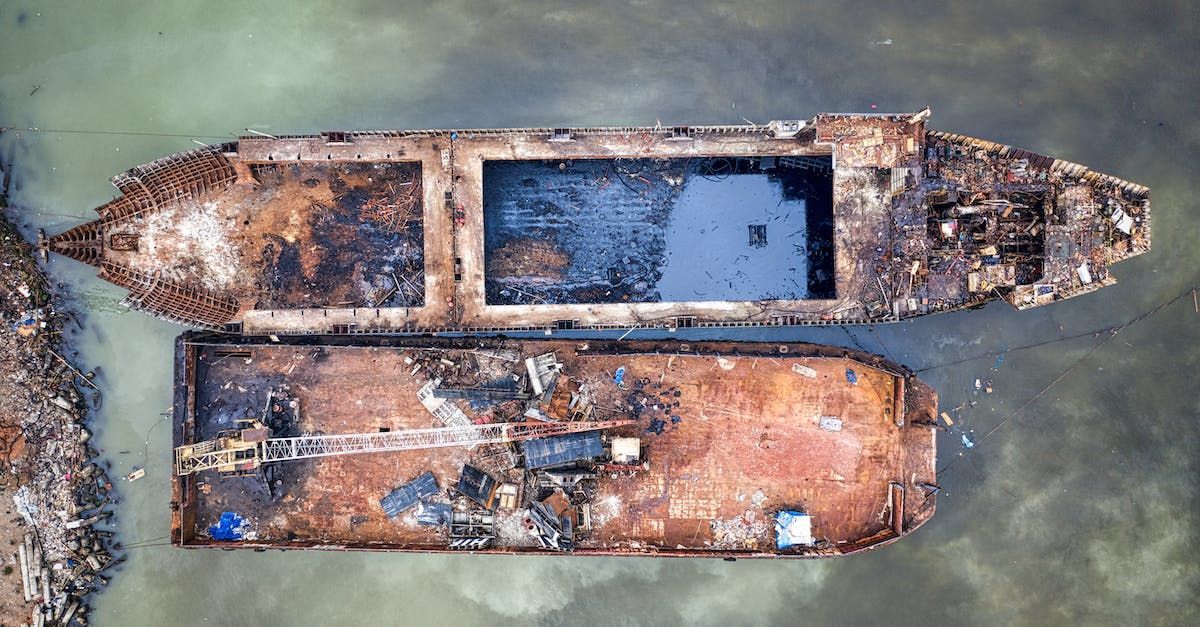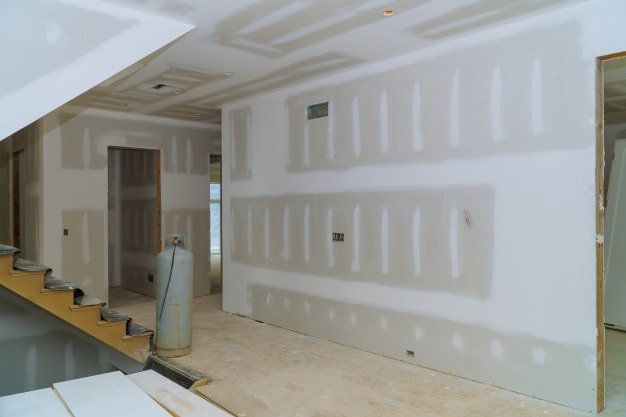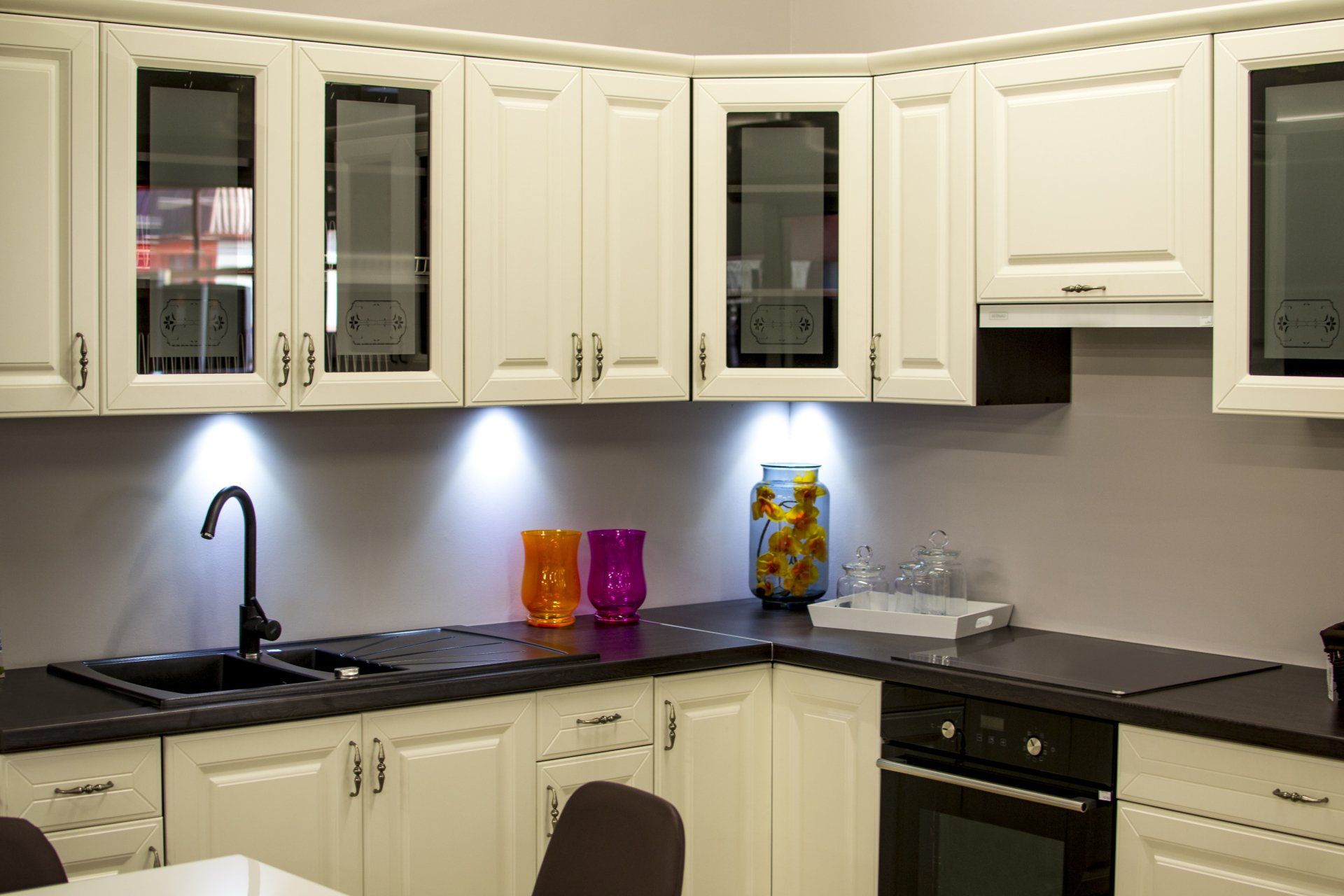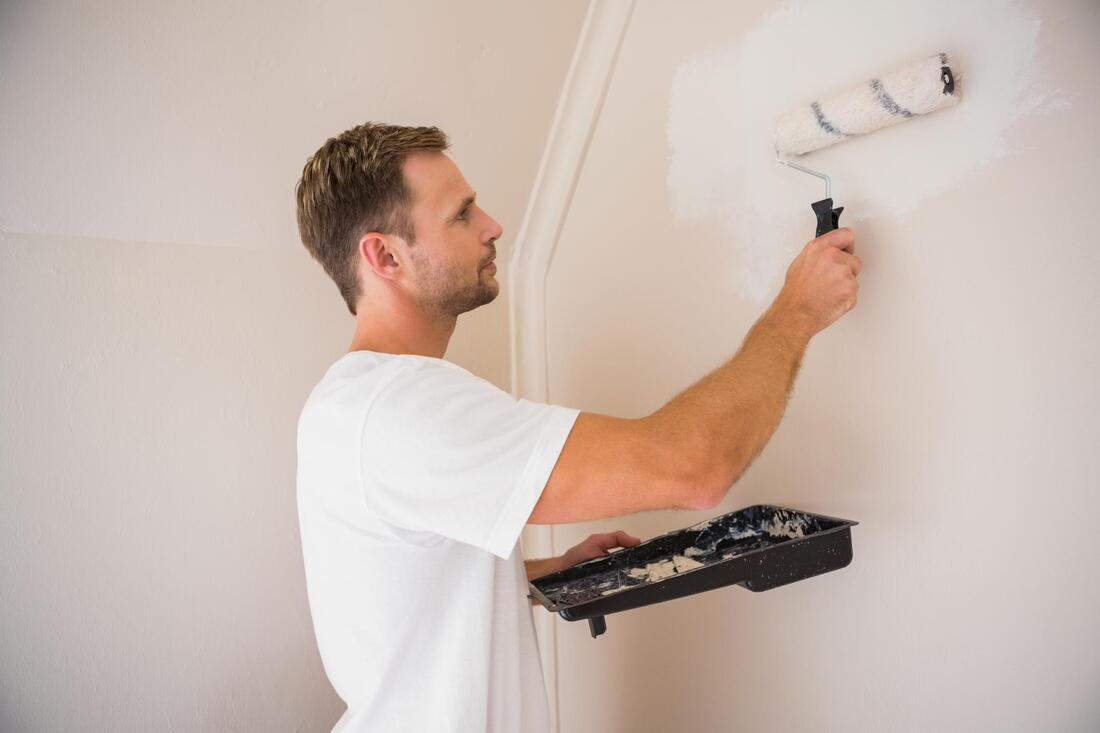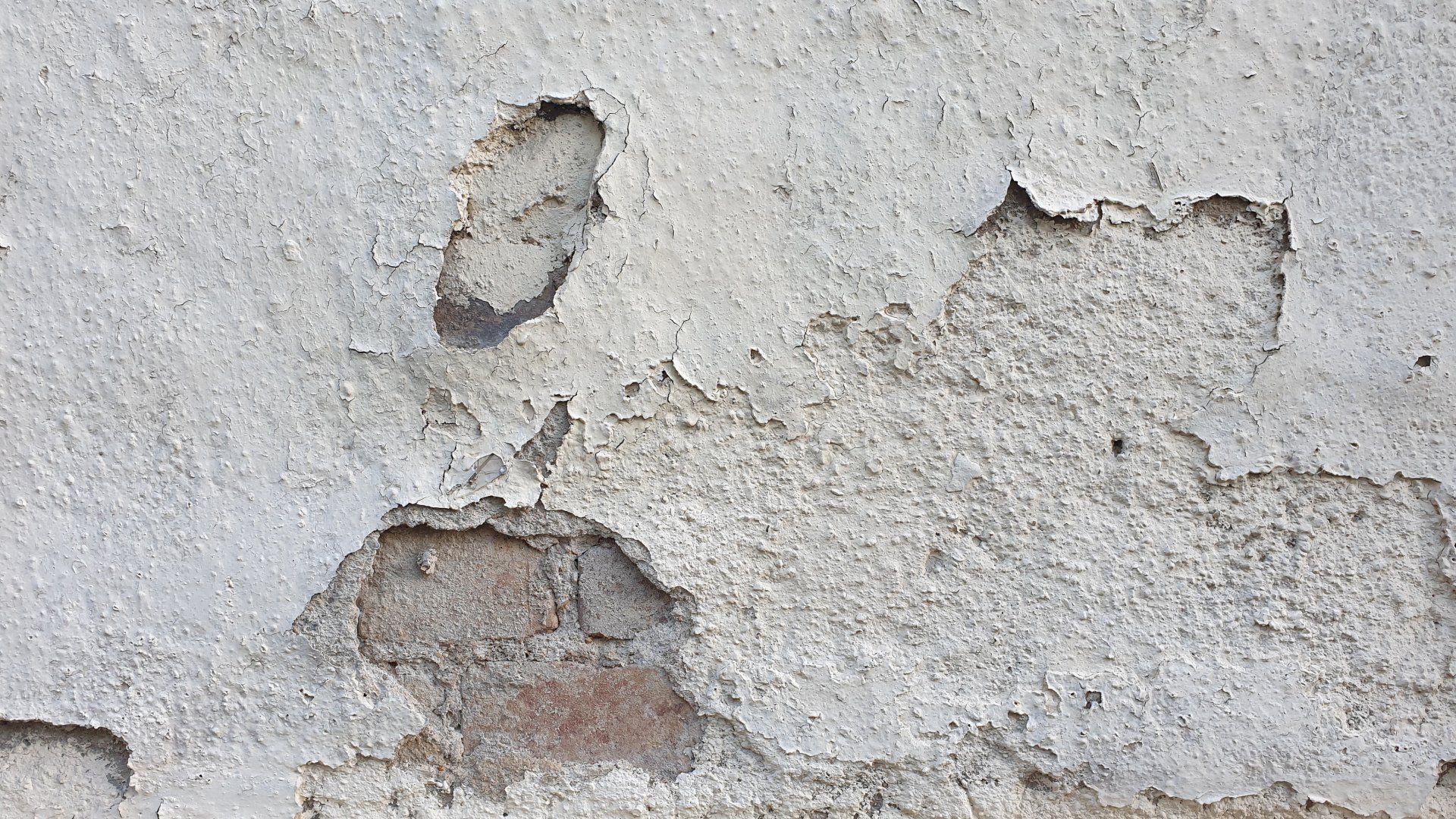Dealing with Drywall Water Damage: Causes, Prevention, and Repair
Understanding Its Origins, Prevention, and Restoration
Drywall water damage is a common issue that homeowners and property managers face, especially in regions prone to heavy rainfall, flooding, or plumbing issues. Whether it's a small water stain or a sagging, crumbling wall, addressing drywall water damage promptly is crucial to prevent further structural issues and mold growth. In this article, we will explore the causes of drywall water damage, ways to prevent it, and methods for repairing and restoring affected areas.

Causes of Drywall Water Damage
- Plumbing Leaks: One of the primary culprits of drywall water damage is plumbing leaks. Leaking pipes, whether hidden behind walls or in visible areas, can saturate drywall, leading to stains, warping, and eventually structural problems.
- Roof Leaks: Damaged or improperly sealed roofs can allow rainwater to seep into your home. Over time, this can result in water damage to the ceiling and upper walls.
- Flooding: Natural disasters like floods or heavy storms can inundate your home with water, leading to extensive drywall damage. Even after the water recedes, moisture trapped in the walls can cause long-term problems.
- Appliance Leaks: Faulty appliances, such as washing machines, dishwashers, or refrigerators, can leak water onto your drywall, causing localized damage.
- Poor Ventilation: High humidity levels or inadequate ventilation in bathrooms, kitchens, and basements can encourage moisture buildup on drywall surfaces, eventually leading to damage.
Preventing Drywall Water Damage
- Regular Inspections: Periodically inspect your plumbing, roof, and appliances for leaks or signs of damage. Catching issues early can prevent extensive drywall damage.
- Roof Maintenance: Keep your roof in good condition by conducting regular inspections, repairing damaged shingles, and ensuring proper sealing around roof penetrations.
- Proper Ventilation: Use exhaust fans in high-moisture areas like bathrooms and kitchens to reduce humidity levels. Ensure that your home's ventilation system is functioning correctly.
- Gutters and Downspouts: Clean and maintain gutters and downspouts to ensure water flows away from your home's foundation rather than seeping into the walls.
- Waterproofing: Consider applying waterproofing materials to vulnerable areas, such as basements and crawl spaces, to create a barrier against moisture.
Repairing Drywall Water Damage
- Identify the Source: Before repairing the drywall, identify and fix the source of the water intrusion to prevent further damage.
- Remove Damaged Material: Cut out and remove the damaged drywall, including any wet insulation, using a utility knife or drywall saw.
- Dry the Area: Use fans and dehumidifiers to thoroughly dry the affected area. Ensure there is no lingering moisture to prevent mold growth.
- Repair and Patch: Patch the hole or damaged area with new drywall, joint compound, and drywall tape. Sand and paint to match the existing wall.
- Mold Prevention: Apply a mold-resistant primer and paint to the repaired area to prevent mold growth in the future.
Conclusion
Drywall water damage can be a homeowner's nightmare, but with proper prevention and prompt action, it can be effectively addressed. Regular maintenance, early leak detection, and swift repairs are essential to safeguard your home from the potentially costly consequences of drywall water damage. By staying vigilant and taking preventive measures, you can maintain a dry and healthy living environment for years to come.
Ready to work with CHICAGO DRYWALL REPAIR?
Let's connect! We’re here to help.
Send us a message and we’ll be in touch.
Or give us a call today at 111-222-3333
